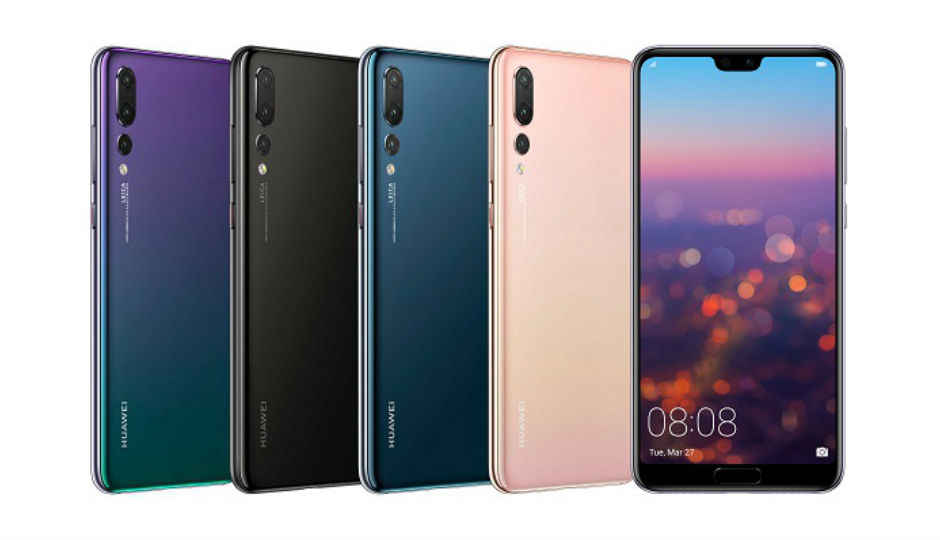Huawei to launch camera-centric smartphones with AI-powered photography capabilities
The upcoming smartphones from Huawei will also have an AI Smart Gallery, which will automatically adjust images and highlight users’ best shots in an auto-generated layout.

Huawei Consumer Business Group (CBG) has announced that soon it will launch its latest quad-camera smartphones that will house an Artificial Intelligence (AI) chipset, claiming that this chip and camera capabilities in the smartphones will deliver an unprecedented photography experience, as well as smarter resource allocation and better power saving.
 Survey
SurveyHuawei said that the new devices will be powered by AI and offer seamless functionalities by automatically adjusting to give users the best picture results. “Camera is one of the main factors to consider when buying a smartphone, even for people who aren't enthusiastic photographers. Not only does the photo quality have to be good, it also has to be quick on the spot and be easily shareable, which is Huawei's objective by integrating AI photograph in its smartphones,” the Chinese major said.
The camera is said to have an AI-powered real-time scene and object recognition technology that the company claims can recognise more than 500 scenarios in 22 categories. “It even adjusts the lighting and the optimal scene parameters. Huawei has evaluated 100 million photos to develop a database. Huawei has accordingly defined algorithms to come up with best camera settings for a particular scene,” the company added.
Another feature that is expected to come in the upcoming smartphones is AI Beautification for Selfies. The feature will provide a 3D portrait lighting and make adjustments in the photo to match the users’ facial features with luminous skin-tone enhancements to give radiant selfies. There is even an AI Smart Gallery, which will automatically adjust images and highlight users’ best shots in an auto-generated layout. Users can put up to 15 tags in each photo for easy categorisation and browsing.
As far as clicking photos in low-light conditions is concerned, Huawei said instead of using optical image stabilisation, it chose to use its AI chip to provide stabilisation in image. The dual-front camera is also said to allow the devices to intelligently optimise and adjust the exposure to achieve the HDR effect, even in low-light environment. In addition, the dual-lens is capable of delivering bokeh effect and a diverse range of shots by providing assistance in rendering effects for composition, lighting, shadow, props, location, color tone and atmosphere. The devices are also expected to come with a zoom lens.
Earlier this year, Huawei launched P20 series of camera-centric smartphones. The Huawei P20 Pro comes with triple-camera setup — a 40 MP RGB 1/1.7-inch sensor, a 20 MP monochrome sensor and an 8MP sensor with a telephoto lens which is capable of 3x optical zoom. On the front, it is equipped with a 24.8MP camera which supports 3D portrait lighting effect. While Huawei P20 has a dual-camera setup of 12MP + 20MP at the rear and 24MP on the front, the P20 Lite features 16MP + 2MP dual-rear sensors and on the front, it’s equipped with a 24MP sensor with f/2.0 aperture lens. The company also launched GPU Turbo technology to boost its smartphones’ performance.
In March, Huawei said that the boost in sales for its enterprise and consumer units helped its 2017 profit to rise by 28.1 percent. Huawei earned 47.5 billion yuan ($7.6 billion). Total revenue rose 15.7 percent to 603.6 billion yuan ($96.2 billion).
Digit NewsDesk
Digit News Desk writes news stories across a range of topics. Getting you news updates on the latest in the world of tech. View Full Profile